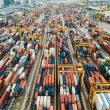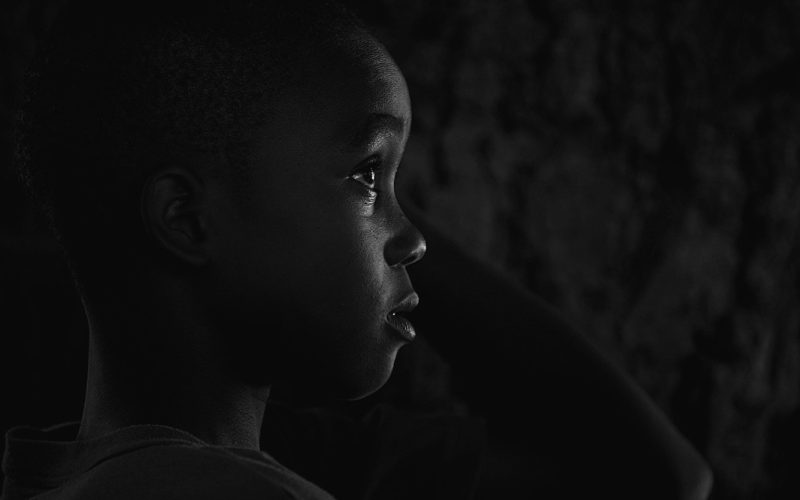Table of Contents Show
Human trafficking, often described as modern-day slavery, is one of the gravest and most pervasive human rights violations of our time. It is a multi-billion-dollar industry that spans across continents, infiltrating both developed and developing nations alike. The origins of this heinous practice are deeply rooted in history, and despite global efforts to eradicate it, human trafficking remains a scourge on humanity, with millions of victims suffering in silence.
A Historical Perspective
To understand the origins of human trafficking, one must first look back at the history of slavery itself. Slavery has existed in various forms since ancient civilizations. From the labor-intensive societies of ancient Egypt and Rome to the feudal systems in medieval Europe, the exploitation of human beings for economic gain has been a persistent part of human history. However, the transatlantic slave trade, which began in the 15th century, is perhaps the most notorious example of human trafficking on a massive scale.
During the transatlantic slave trade, millions of Africans were forcibly removed from their homes, transported across the ocean under inhumane conditions, and sold into slavery in the Americas. This brutal practice was driven by European colonial powers seeking to capitalize on the labor-intensive agriculture of the New World. The economic incentives were immense, leading to the commodification of human lives on an unprecedented scale.
The abolition of the transatlantic slave trade in the 19th century marked a significant turning point in the fight against human trafficking. However, it did not signal the end of the practice. Instead, human trafficking evolved, adapting to new economic realities and global dynamics.
The Evolution of Modern-Day Human Trafficking
In the modern era, human trafficking has taken on various forms, often hidden in plain sight. Today, it encompasses a wide range of exploitative practices, including forced labor, sexual exploitation, child trafficking, and even organ trafficking. The victims are often the most vulnerable members of society, including women, children, and migrants, who are coerced, deceived, or physically forced into exploitation.
One of the key drivers of modern-day human trafficking is the demand for cheap labor and sexual services. In an increasingly globalized world, where goods and services are traded across borders, there is a growing demand for low-cost labor. Traffickers exploit this demand by luring or forcing individuals into work in industries such as agriculture, construction, domestic service, and manufacturing. These victims are often subjected to grueling working conditions, denied basic rights, and trapped in a cycle of debt bondage.
Sex trafficking, another prevalent form of human trafficking, is fueled by the demand for commercial sex. Victims, often women and girls, are coerced or deceived into the sex trade and are subjected to physical and psychological abuse. The proliferation of the internet and social media has only exacerbated the problem, making it easier for traffickers to exploit their victims and evade law enforcement.
The Global Nature of the Crisis
Human trafficking is not confined to any single country or region; it is a global crisis that transcends borders. Traffickers operate across national boundaries, taking advantage of weak legal frameworks, corruption, and the lack of coordinated international efforts to combat the issue. Victims are often trafficked from poorer countries to wealthier ones, where the demand for cheap labor and sexual services is higher.
In recent years, conflict zones and areas affected by natural disasters have become hotspots for human trafficking. In regions plagued by war, poverty, and instability, traffickers prey on vulnerable populations, including refugees and internally displaced persons. These individuals, who have already lost everything, are at an increased risk of falling into the hands of traffickers who promise safety and a better life, only to exploit them further.
Moreover, the rise of organized crime syndicates has further complicated efforts to combat human trafficking. These criminal networks operate with impunity, using sophisticated methods to recruit, transport, and exploit their victims. They often use violence, threats, and intimidation to maintain control over their victims, making it incredibly difficult for them to escape.
The Role of Corruption and Complicity
Corruption is a significant enabler of human trafficking. In many countries, law enforcement officials, border guards, and government authorities are either complicit in the practice or turn a blind eye to it. This corruption creates an environment of impunity, allowing traffickers to operate with little fear of prosecution.
In some cases, traffickers bribe officials to obtain false documents, making it easier to transport victims across borders. In other instances, corrupt officials may provide protection to traffickers in exchange for financial gain. This complicity extends to businesses that profit from the exploitation of trafficked individuals, whether through forced labor or the provision of sexual services.
The Human Cost
The human cost of trafficking is immeasurable. Victims of trafficking suffer physical and emotional abuse, often experiencing long-term trauma as a result of their exploitation. Many are subjected to brutal living conditions, with little access to medical care, education, or social services. They are often isolated from their families and communities, making it even more difficult for them to seek help or escape.
The psychological impact of trafficking is profound. Victims often experience feelings of shame, guilt, and hopelessness, which are compounded by the stigma associated with their exploitation. Many struggle to reintegrate into society after being rescued, facing significant challenges in rebuilding their lives.
Efforts to Combat Human Trafficking
Despite the enormity of the problem, there have been concerted efforts at the international, national, and local levels to combat human trafficking. International organizations, such as the United Nations, have established legal frameworks and conventions aimed at preventing trafficking, protecting victims, and prosecuting traffickers. These include the Protocol to Prevent, Suppress and Punish Trafficking in Persons, especially Women and Children, also known as the Palermo Protocol.
Many countries have also implemented anti-trafficking laws and established specialized law enforcement units to tackle the issue. Non-governmental organizations (NGOs) play a critical role in providing support to victims, raising awareness, and advocating for stronger policies and protections.
However, significant challenges remain. The clandestine nature of trafficking, coupled with the vast resources and networks available to traffickers, makes it difficult to identify and prosecute those responsible. Furthermore, victims are often reluctant to come forward due to fear of retribution or lack of trust in authorities.
A Call to Action
Human trafficking is a moral outrage that demands a global response. It is not enough to simply express outrage or sympathy; action is required. Governments, international organizations, businesses, and individuals all have a role to play in ending this horrific practice.
We must work together to strengthen laws, improve enforcement, and support victims. We must address the root causes of trafficking, including poverty, inequality, and corruption. And most importantly, we must never forget that behind every statistic is a human being, with hopes, dreams, and a right to live free from exploitation.










